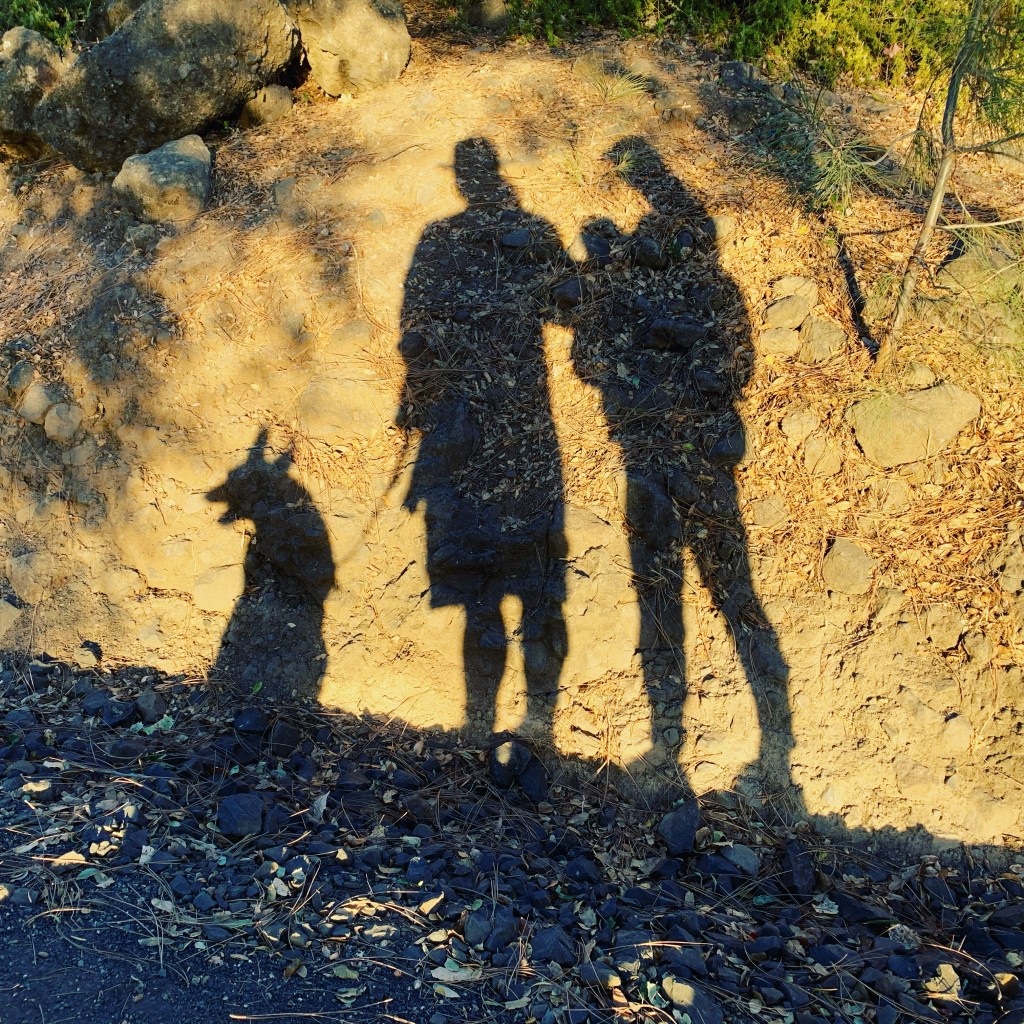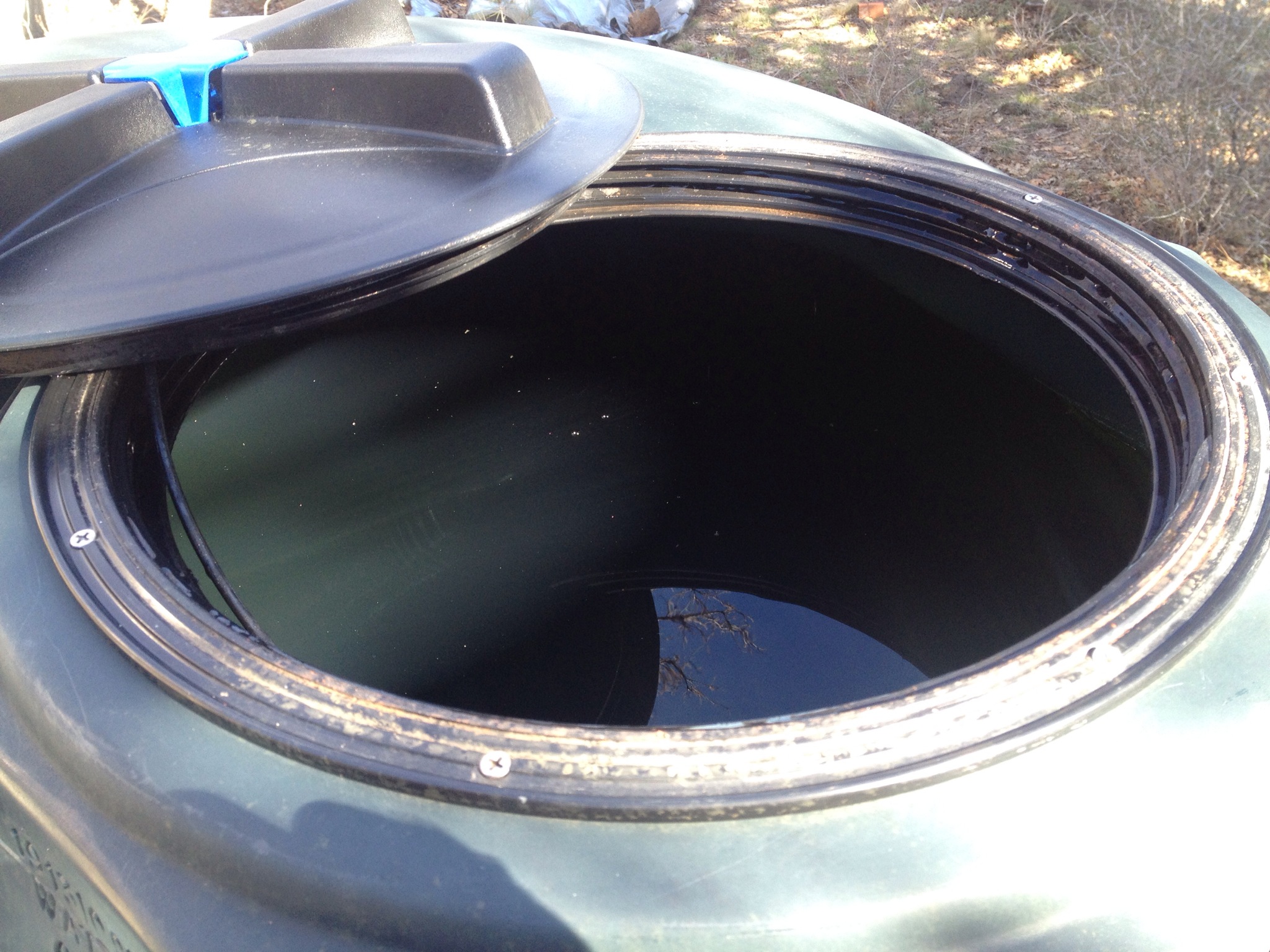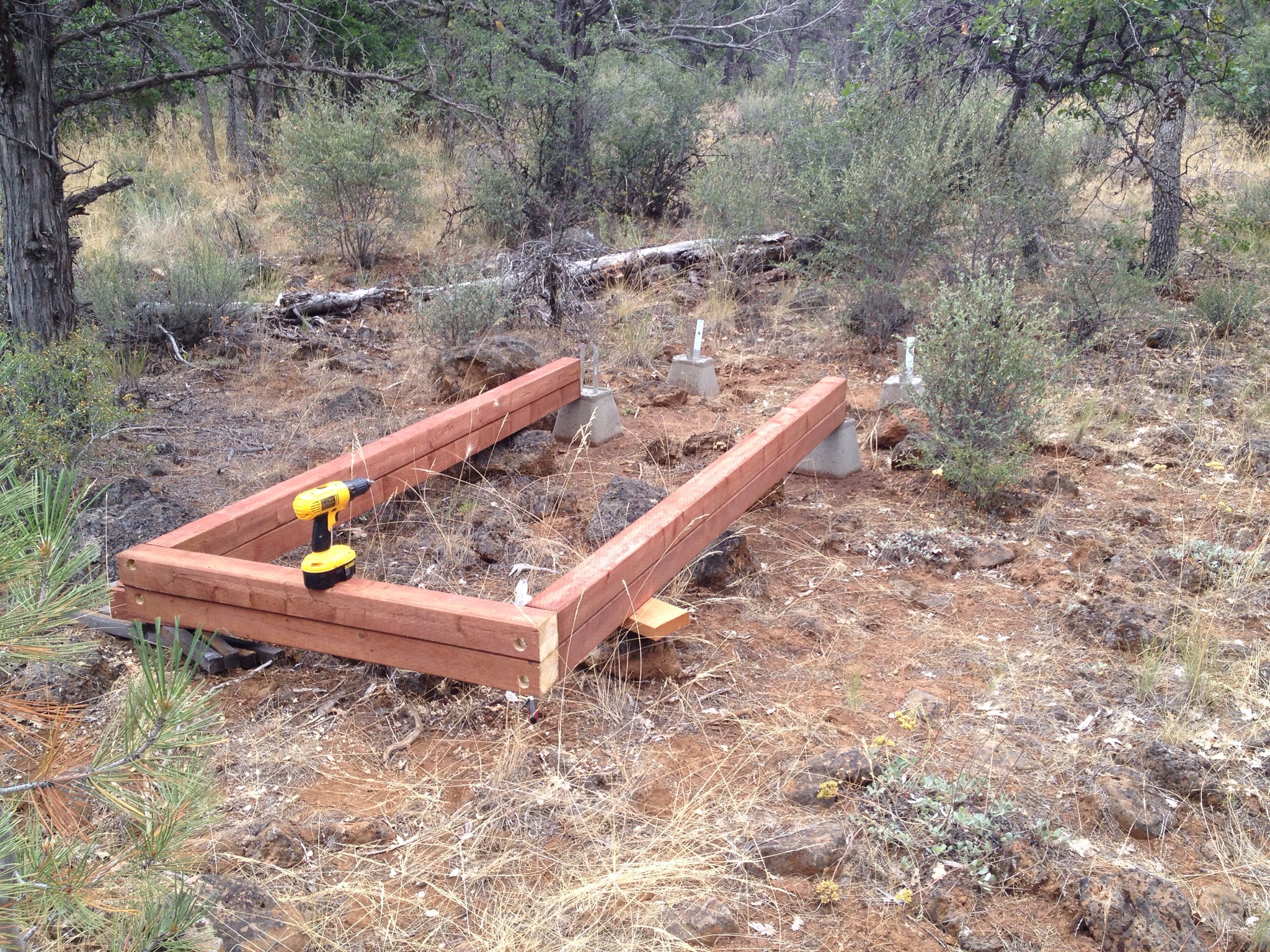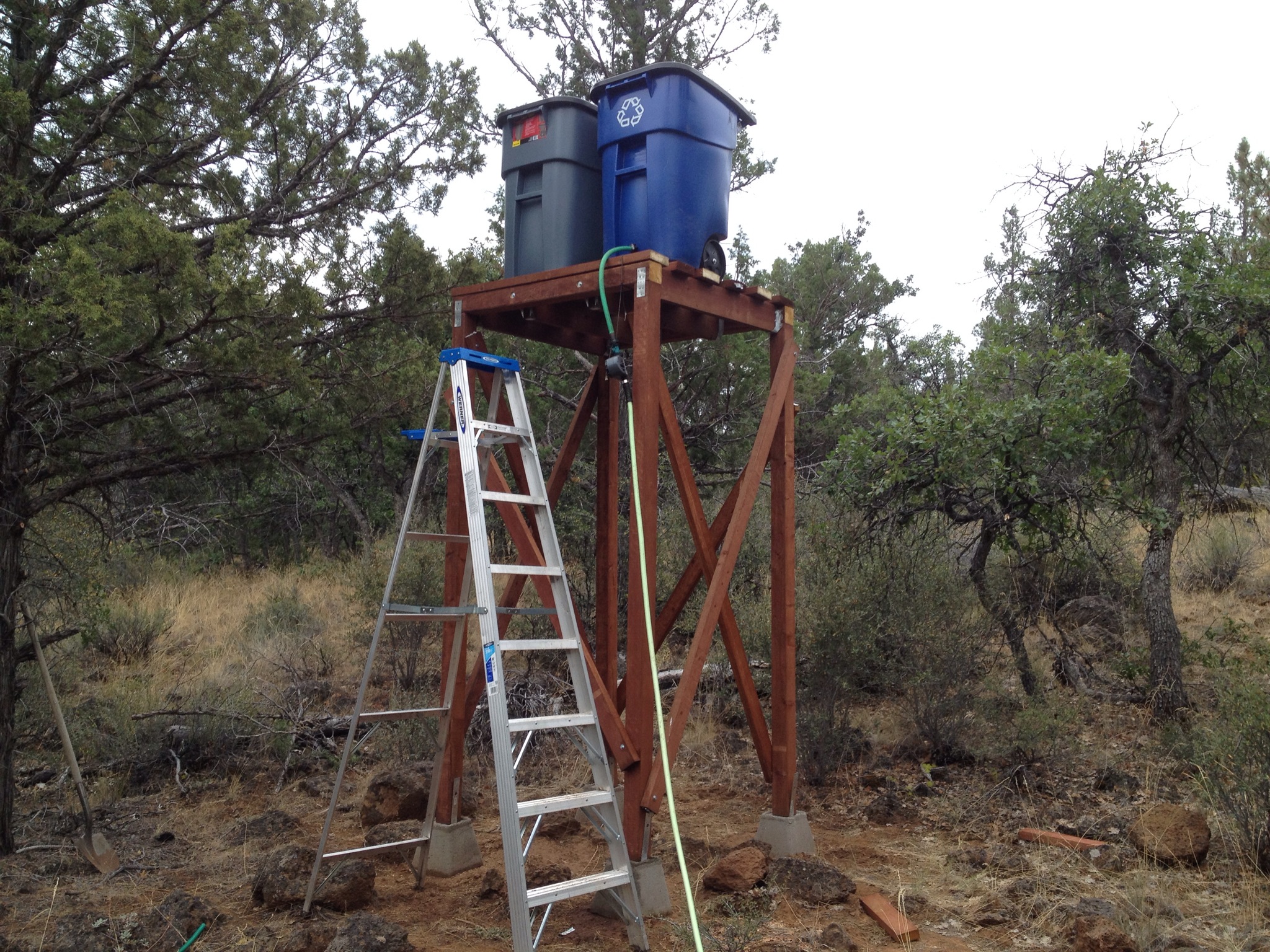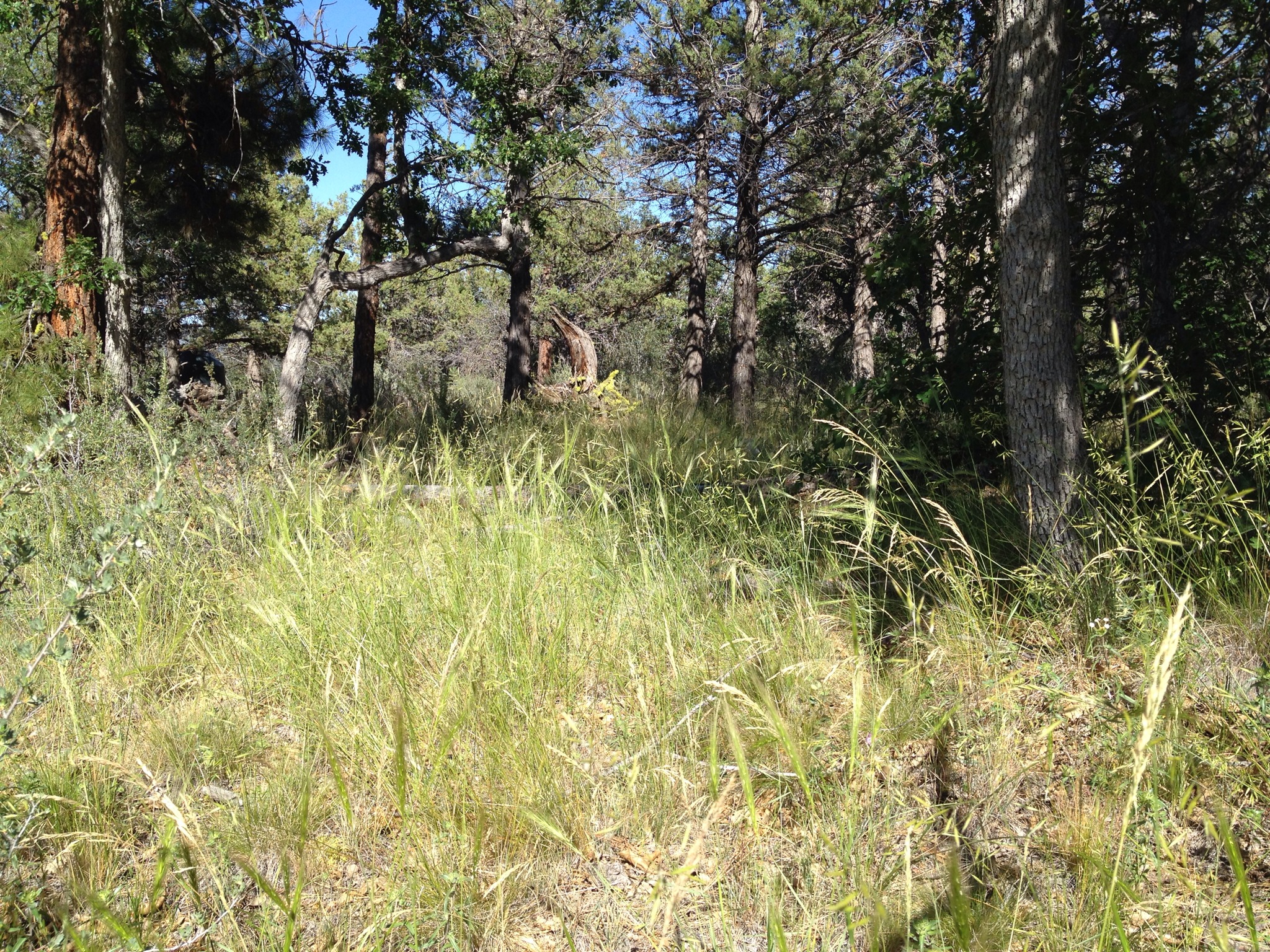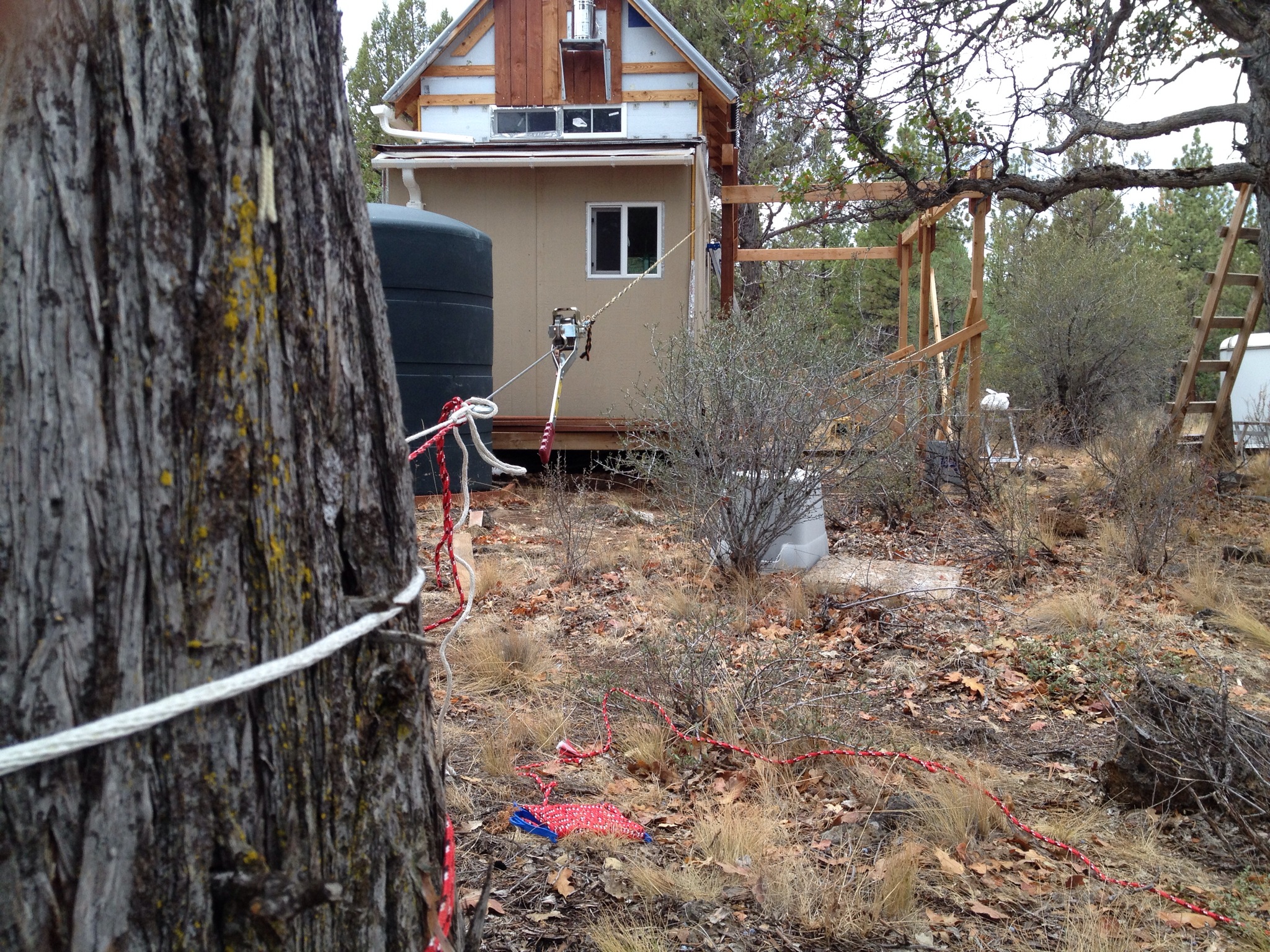Tap… tap… is this thing on? Is anyone still out there? Oh well, here goes:
I’ve been meaning to write this post for a while now, but the approaching 11th anniversary (er, it’s now been another year since I first drafted this post) recently passed 12 year anniversary of the launch of this blog seemed like a good time to sit down and finally write post it.
So, what have I been up to? Well, in 2015 I got a job in San Francisco, then in 2016 I got a mortgage to buy a house in the suburbs (that someone else built), adopted a dog, and met my then future-wife. In 2018 we got married, in early 2020 we had a child, then things get kind of fuzzy but it’s now 2022. As for Serenity Valley, it hasn’t burned (yet), Hut 1.0 is remarkably still standing (though infested by mice and probably rotting from the inside) and Hut 2.1 is still in livable shape. Any questions?
“Wow, wow, slow down,” you might be saying. What’s this about a mortgage and a kid? If you’ve been following me since the early days of this blog, you probably would not have thought of me as a mortgage-and-a-kid kind of guy. So what’s the deal with that? Well, here’s the deal. Over the years of adventurin’, I read many books about other people who had also gone off the beaten path. After a while, an interesting trend emerged. When I flipped to the back (or end) of the book and read more about the protagonist, there were largely two endings: 1) the guy (usually a guy) died alone on a mountain top or some other god forsaken place, or 2) they lived to tell the tale and now works some mundane but respectable job while living in the suburbs with their spouse, two kids, a dog and maybe a cat. For Option 2, there would usually be a cute photo on the jacket cover of the author posing with said spouse, two kids, a dog and a maybe cat, looking quite happy. What a sell out. Right?
But, eventually, it got me wondering. Am I on a path that will result in a lonely death on a mountain top? Is that what I want?
I decided the answer was “no”.
Which isn’t to say I regret all the adventures I went on. They were all crucial in helping me figure out who I was and what I wanted. For instance, in spending time alone up on Serenity Valley for extended periods, I learned that while I enjoyed solitude just fine, left to my own devices without any external accountability, I could also be profoundly lazy. Doing disaster relief work in Japan after the 2011 earthquake and tsunami, I learned that even though I had many skills that made me uniquely useful in that work, my inability to process grief and generally care for myself emotionally led to extreme burnout fairly quickly, and ultimately limited what I could contribute. In starting my own KickStarter project I learned that, while being a one-man startup and being able to do almost everything in the product design and development process by myself was useful, I couldn’t do everything alone (much less do it all as well as others could) and that a company of one isn’t very sustainable. When I contemplated a simpler life in the ecovillage, I realized that I wasn’t ready to abandon the marketable skills and experiences in tech I had accumulated, nor the financial stability and rewarding challenges that the field afforded me.
Ultimately, though, after going on all these adventures, I started getting the sense that what I was seeking wasn’t out there. At the same time, I noticed how the same challenges cropped up everywhere I went and in everything I did. That left only one remaining place to seek: within. This may sound corny, but the honest truth is that I discovered at least as much through various workshops, through self-help type books, through hours of meditation, and through many, many hours of psychotherapy, as I did in all those adventures. But then again, I may still be out there looking (or yearning to do so), if I hadn’t had the fortune and privilege to experience all that I did.
As cliché as it may sound, I guess you could say I found myself. I found myself in the woods, in a cabin, in the desert, in a disaster zone, in an ecovillage, in an office, on a therapist’s couch, in relationships and out, and all the points in between. And I learned, and I healed, and I grew. At some point, I realized I was done with walking this earth alone, and not long after, I found a co-adventurer to walk with. I also realized I had the capacity and desire to care for another small creature or two or three, and to build a life as a family. What once seemed like a ball and chain started feeling like an anchor — restricting, yes, but in a way that felt purposeful and grounding. And here we are.
So, what’s next? Well, this is the Epilogue to Book 1, kthxbye! Wait, does that mean there will be a Book 2? Most likely yes. We may live in the suburbs with a mortgage, but my partner and I are not the type to just settle down. Nor do we believe we’ll have the luxury of doing so even if we wanted. But more on that another time…
